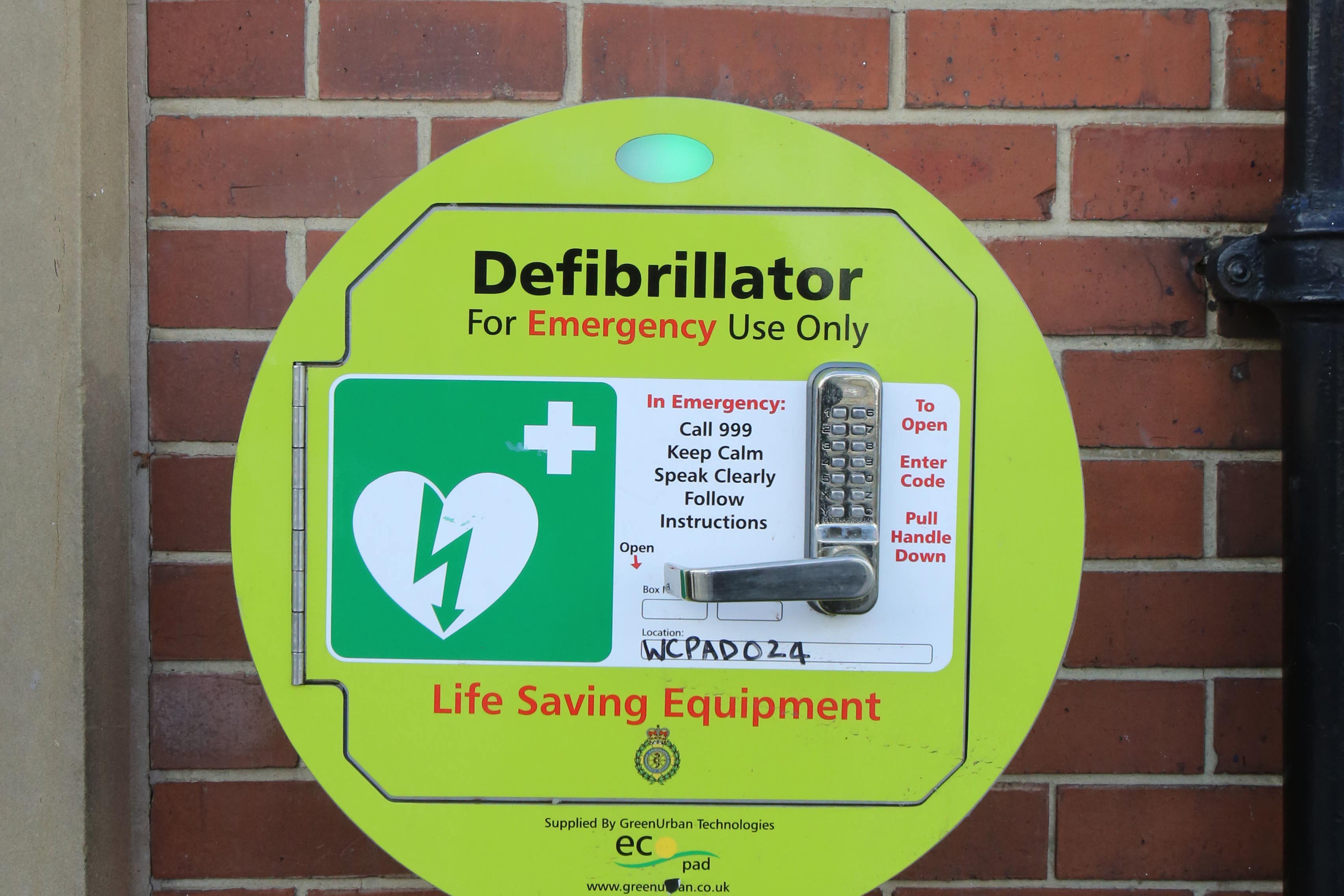Call for remote areas to get better access to defibrillators after new study
Researchers said their study could guide where community defibrillators are placed.

Your support helps us to tell the story
From reproductive rights to climate change to Big Tech, The Independent is on the ground when the story is developing. Whether it's investigating the financials of Elon Musk's pro-Trump PAC or producing our latest documentary, 'The A Word', which shines a light on the American women fighting for reproductive rights, we know how important it is to parse out the facts from the messaging.
At such a critical moment in US history, we need reporters on the ground. Your donation allows us to keep sending journalists to speak to both sides of the story.
The Independent is trusted by Americans across the entire political spectrum. And unlike many other quality news outlets, we choose not to lock Americans out of our reporting and analysis with paywalls. We believe quality journalism should be available to everyone, paid for by those who can afford it.
Your support makes all the difference.People who witness someone going into cardiac arrest should not delay getting a defibrillator, even if an ambulance is only minutes away, a new study suggests.
Quick action to shock someone’s heart with one of the devices could double a person’s chance of survival, researchers found.
Academics said the biggest benefit was seen when it took an ambulance more than six minutes to arrive.
Defibrillation saves lives and we can’t have too many AEDs (automated external defibrillators) in the community, but if we need to prioritise the locations, this study can help in that process
They said that this means community defibrillators should be placed in areas where it is likely that an ambulance could take at least six minutes to arrive in an emergency.
When someone goes into cardiac arrest the heart stops pumping and the blood flow around the body stops.
A person in this situation can pass out and die within 10 minutes.
People who witness someone going into cardiac arrest can help by calling an ambulance and performing CPR while asking someone else to find a defibrillator.
Defibrillators work by giving a high energy shock to the patient which restarts the heart.
The new study, presented to the ESC Congress in Amsterdam, in the Netherlands, saw academics analyse data from the Danish Cardiac Arrest Registry on 7,471 out-of-hospital cardiac arrests that occurred between 2016 and 2020 where the patient received CPR before an ambulance arrived.
Of these cases some 15% were also helped by a defibrillator while 85% were not.
Researchers found that 44.5% of patients survived to 30 days when bystander defibrillation was performed compared with 18.8% survival rates among those who did not receive defibrillation before an ambulance arrived.
The academics also compared this information with ambulance response times.
Compared with no defibrillation, the likelihood of survival with bystander defibrillation was 37% higher when the ambulance arrived in two to four minutes, 55% higher for arrival in four to six minutes, and about two-fold higher if the ambulance took more than six minutes to arrive.
Study author Dr Mathias Hindborg, of Nordsjaellands Hospital in Denmark, said: “All patients in the study received CPR, and the results show the added benefit of bystander defibrillation on survival.
“The greatest positive impact of bystander defibrillation on the probability of survival was achieved when the ambulance took six to eight minutes to reach the scene.
“The findings indicate that when resources are limited, defibrillators should be located in areas where ambulance response times are likely to be more than six minutes.”
He concluded: “Anyone can help resuscitate a person suffering a cardiac arrest, be it by performing CPR, retrieving or using an AED, or even purchasing an AED for their workplace, community or household.
“Defibrillation saves lives and we can’t have too many AEDs in the community, but if we need to prioritise the locations, this study can help in that process.”